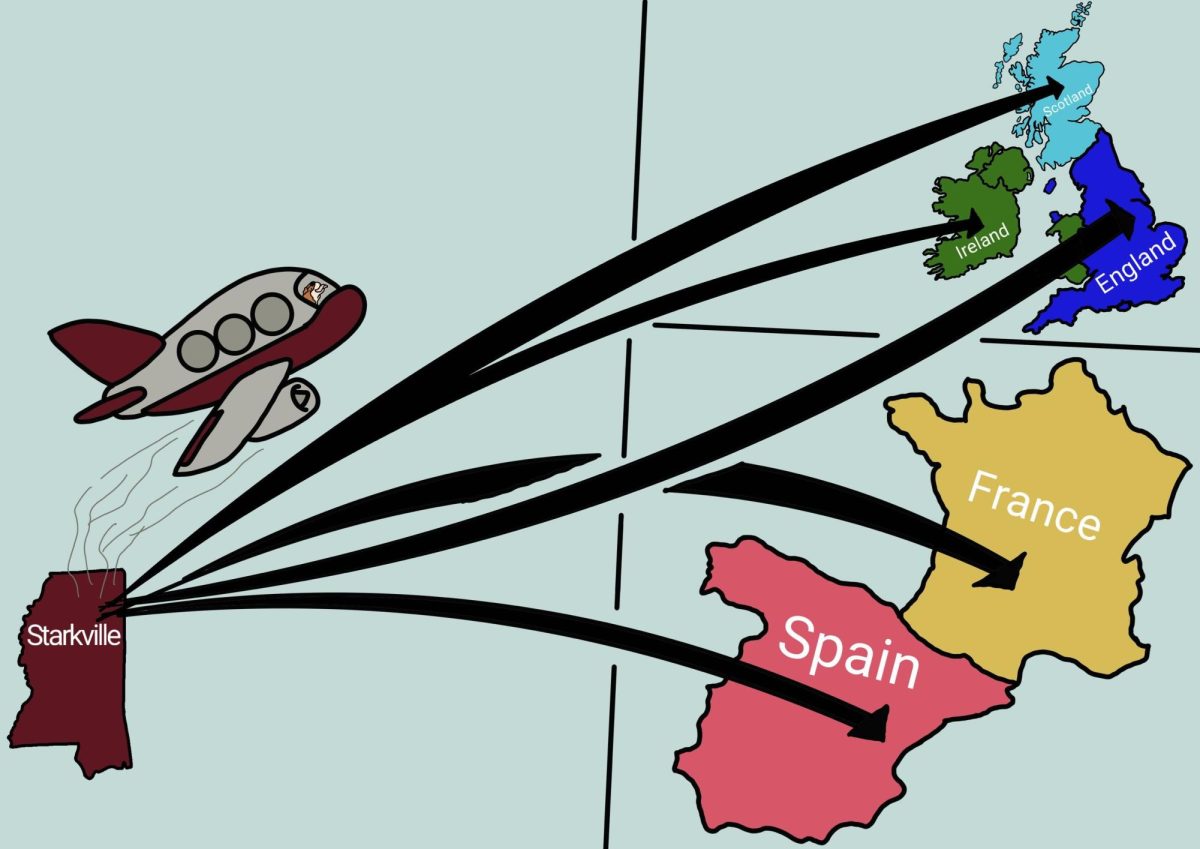Professor Hans Herrmann has a lot on his plate. He has enough identities that he may be sneaking into phone booths to switch from one to another like Clark Kent. He morphs from assistant professor of architecture to student gaining a Master’s degree in landscape architecture. Then, to the research requirement of his professing, on to residential architect to continuing collaborative work at the Oktibbeha County Heritage Museum, his current design-build project with students. Does he sleep? “Not much,” he said with a smile.
That is most likely the norm for him. Herrmann said he has been pushing himself since college, where he took extreme class loads (think 22 hours) to finish his Bachelor of Science in Design on time, after transferring to Clemson University. Post-graduation, he worked for Ike Kligerman Barkley, an award-winning New York City firm, doing work he said was extremely beneficial but a bit outside a realm in which he could envision himself working.
“After three years of doing estates that people only lived in for a month of the year maybe and working for less than they pay for a piece of furniture, I thought, there’s got to be something better I can do with my time,” he said.
Herrmann said time at the firm shaped a lot of his thoughts on the practice of architecture and the role of an architect.
“I felt strongly that it’s not about how much money you spend on it but how smart the designer is. The world can’t afford for us to work that way; architects get paid to be smart about using what we have,” he said.
He cited a quote by famed architect Buckminster Fuller as an idea he has carried with him through his work and is also a driving force in his freshly-submitted application for the Rome Prize:
“Pollution is nothing but the resources we are not harvesting. We allow them to disperse because we’ve been ignorant of their value.”
This idea of reuse is a concept Herrmann integrates into his design-build projects or projects students both design and physically construct; they have come in the form of a bus shelter in Bogue Chitto, Miss., and a lantern and enclosed space made of reclaimed wood built for students of Giles Hall. Most recently, Herrmann’s sustainable work has appeared in a student-faculty collaborative project in Starkville: the Oktibbeha County Heritage Museum Green Building Demonstration Pavilion, a pavilion with a live green roof which Herrmann said utilizes the idea of SuperUse at its most basic level.
“SuperUse tries to avoid using more energy to reuse as opposed to recycling, which would be adding more energy to an existing material by grinding it up or melting it into a new form,” he said. “It’s about using it in exactly the state that it’s in.”
Herrmann said this translated to the Heritage Museum design-build project through the use of a local structure in an innovative way, to become a focal point of the museum property.
“For me, immediately this should function as a kind of billboard or piece of signage. Building at a scale much larger than they (the museum) can likely afford led me to looking for something I can take down and reuse,” he said. “Driving past Stromboli’s for the past four years and looking at that canopy, I asked Tim, the owner, would he like to be rid of it.”
An agreement was made, and the project was begun through a Maymester course in May 2012 led by Herrmann and assistant professor of landscape architecture Cory Gallo, and is still under construction. Herrmann said the work happens with borrowed equipment over weekend sessions, but through the limitations the benefits of the project are numerous.
“The project demonstrates green building technologies while talking about how it can be done in a somewhat traditional way, reusing things,” he said. “And it lets us improve another part of the city, not just the site.”
The nature of the project, with its multiple functions, is characteristic of Herrmann’s work and ethos; whether it be reuse in design-build projects or saddling up an additional degree, as he said, he’s getting multiple functions out of things:
”We’re trying to kill two or three birds with one stone.”




















































































